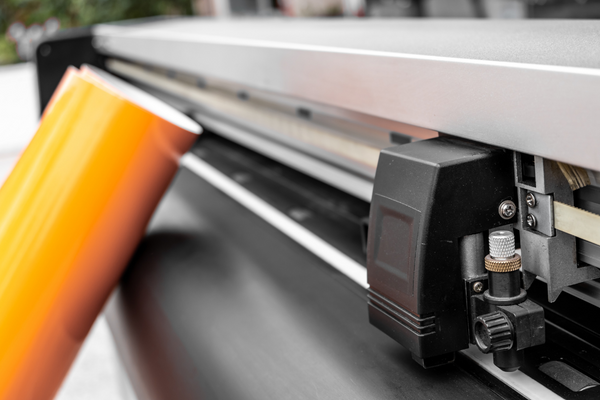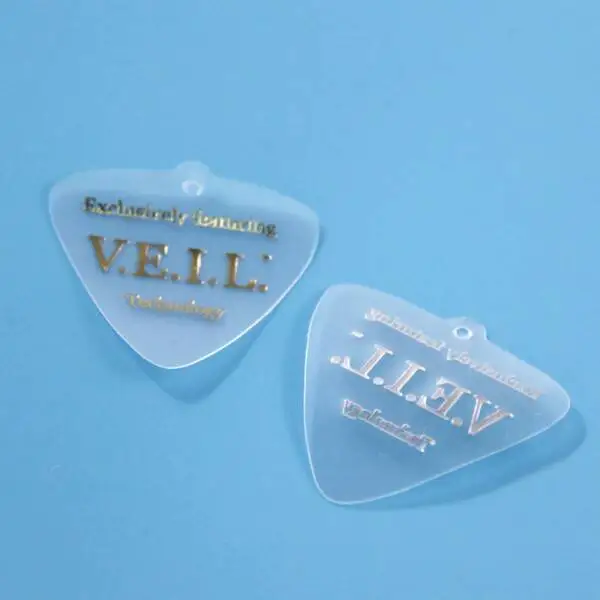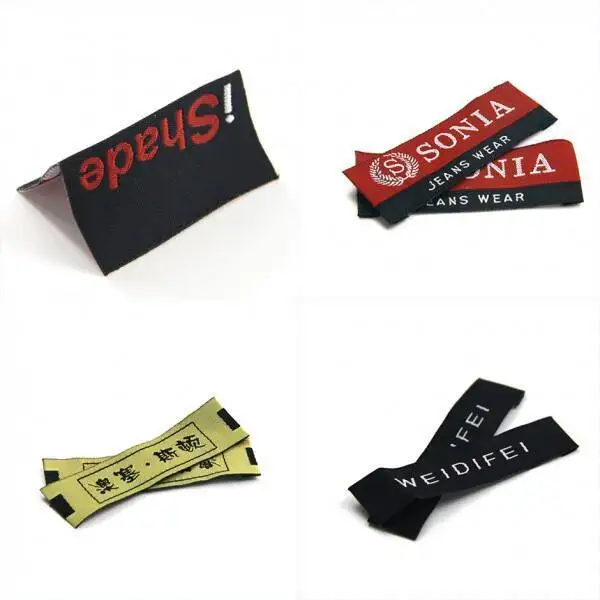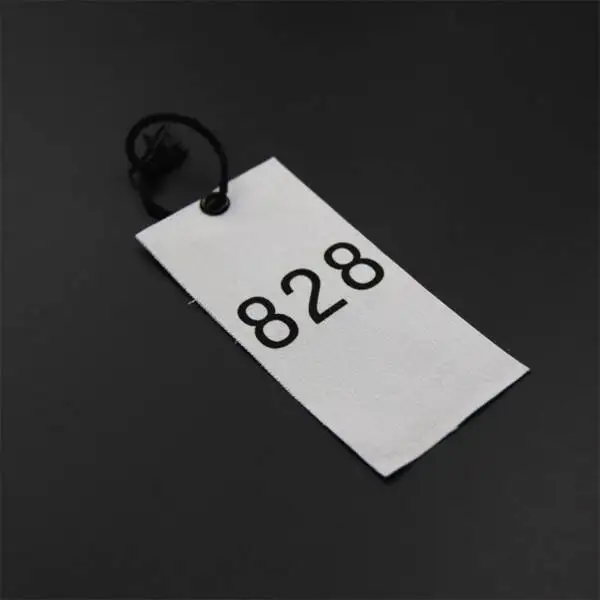The Status Quo of the Global Tyre Label System
The new EU tyre label method classifies tire fuel efficiency, wet road-gripping performance and rolling noise; the United States requires tires to be classified according to fuel efficiency (rolling resistance), safety performance (traction) and durability (wear); Japan Tyre label mainly indicates the level of tire rolling resistance and wet road-gripping performance; South Korea's tyre label method puts forward clear indicators and classification standards for the rolling resistance and wet road-gripping performance of car tires and light truck tires; Saudi Arabia's tire is rolling resistance Grasp the performance standards and enter the preparatory stage for implementation. More and more countries around the world are planning to implement the tyre label law.
What is the Tyre Label System?
The tyre label system is to label the tires to identify the tire's rolling resistance and wet road-gripping performance so as to promote the improvement of tire performance and achieve the purpose of tire safety, energy-saving, and environmentally friendly production and use. Japan has implemented the voluntary tyre label system since 2010, and the EU and South Korea have implemented the mandatory tyre label law on November 1, 2012. More and more countries around the world have implemented or will implement the tyre label law.
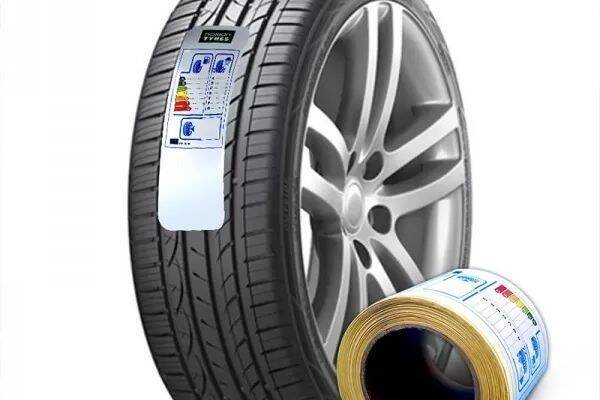
The Status Quo of Tyre Label Systems in Various Countries
1. EU tyre label law
The EU tyre label law will be enforced from November 1, 2012. The regulation stipulates that passenger car tires (C1), light truck tires (C2), and truck tires (C3) sold in the EU must be labelled to identify the fuel efficiency, wet road-gripping performance and rolling noise level of the tires. The goal is By 2020, European energy consumption will be reduced by 20%. All tire and car manufacturers exporting to the EU must comply with the EU tyre label law. According to the tire rolling resistance, the EU tyre label method divides tire fuel efficiency into seven levels from A to G (as shown in Table 1, RRC is the rolling resistance coefficient), A level represents the highest fuel efficiency, and G level represents the lowest fuel efficiency, The fuel efficiency difference between A-class and G-class tires is 7% to 8%.
2. American tyre label law
The United States passed regulations containing tyre label regulations as early as 2005 but did not introduce a formal tyre label law. At present, tire-related industry groups and regulatory agencies are revising the regulations, and it is possible to classify tires based on tire fuel efficiency, traction performance and tread wear performance.
On March 30, 2010, the National Highway Safety Administration (NHTSA) announced the details of tire fuel efficiency regulations. All tire manufacturers must comply with fuel efficiency (rolling resistance), Safety performance (traction) and durability (wear) are used to classify replacement tires and mark them in a prominent position on the tires. The regulation stipulates that the rolling resistance of tires shall be tested in accordance with ISO28580-2009 (Test Methods for Tire Rolling Resistance", and the wet road traction and tread wear tests shall use the test methods specified in the United States UTQGS "Uniform Tire Quality Classification Standard". At the same time, the classification of tires The three main indicators and parameters should be published on the US government website related to automobile safety. In addition, NHTSA also requires tire manufacturers to report other tire performance test data to assist them in improving the classification standards and recommends that tire retailers retain all relevant information before selling Tire label information.
3. Japanese tyre label law
Japan has implemented a voluntary tyre label system since 2010 and will cover all applicable tires at the end of December 2011. The Japanese tyre label method mainly indicates the rolling resistance of tires and the level of gripping performance on wet roads.
4. Korean tyre label law
28% of South Korea's tires are sold to the European Union, affected by the new EU tyre label law. On November 14, 2011, South Korea enacted the tyre label law. This regulation puts forward clear indicators and classification standards for the rolling resistance and wet road-gripping performance of car tires and light truck tires, determines the time node for step-by-step implementation from December 1, 2011, and compulsory requirements for tires From December 1, 2012, manufacturers will reflect the fuel efficiency and safety performance information of passenger car tires and light truck tires in the form of labels to provide a reference for tire consumers to buy tires. At present, South Korea's tyre libel law does not propose indicators for tire noise.
Why Use the Tyre Label System?
The tyre label system can not only help consumers choose safe and environmentally friendly tires, but also help promote tire manufacturers to upgrade their products, bring better tire products to the market, and improve the overall quality of tire manufacturers and distributors. In the future, the tyre label system will be implemented in more and more countries.
Related Articles
Product Groups
- Metallic Label
- Supermarket Labels
- Food Label
- Tyre Label
- Resealable Label
- Holographic Labels
- Electrical Label
- Adhesive Vinyl Roll
- Inkjet Vinyl Sticker Paper
- Paper Box
- Temperature Resistant Labels
- Clothing Label
- Office Labels
- Bubble Mailer
- Bottle Label
- Chemical Label
- Anti Counterfeit Label
- Temperature Indicator Sticker


